What can we say, creating beauty using hardscaping is what we do. It can help transform unused or underused outdoor areas into functional spaces for relaxation, entertainment, and recreation. For example, adding a patio, walkway, or retaining wall can create more usable space for outdoor activities and help control erosion.
Hardscaping can also add visual interest, texture, and contrast to outdoor spaces. With a wide range of materials and styles available, hardscaping elements can be designed to complement the architectural style of a home and enhance the overall beauty of a landscape. Hardscaping can add value to a home by increasing its curb appeal and creating more usable outdoor living spaces. A well-designed hardscape can also differentiate a home from others in the market and potentially increase its resale value.
Hardscaping elements, such as stone or concrete patios and walkways, require little maintenance compared to plantings and other softscaping elements. This can save time and money on upkeep and landscaping costs. Hardscaping can help manage water runoff and prevent erosion by directing water away from buildings and other structures. This can help protect homes and properties from water damage and improve the overall health of a landscape.
1. Functionality
Consider how you want to use your yard and how the hardscaping elements will fit into your lifestyle. Do you want a patio for outdoor dining and entertaining, or a walkway for easy access to your garden? Plan your hardscaping around your needs and desires. Maybe incorporate shade structures into your hardscaping design. Tennessee summers can be quite hot, so adding pergolas, arbors, or other shade structures to your outdoor living areas can make them more comfortable and enjoyable.
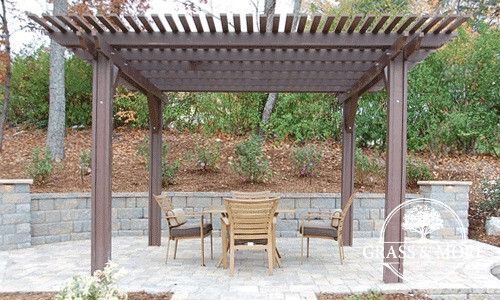
2. Scale & Proportion
Hardscaping elements should be in proportion to the size of your yard and the surrounding structures. Take advantage of the natural topography of your yard. Southern Tennessee is known for its rolling hills and scenic landscapes, so incorporating terracing, retaining walls, or other hardscaping elements that work with the natural contours of your yard can create a stunning and unique look.
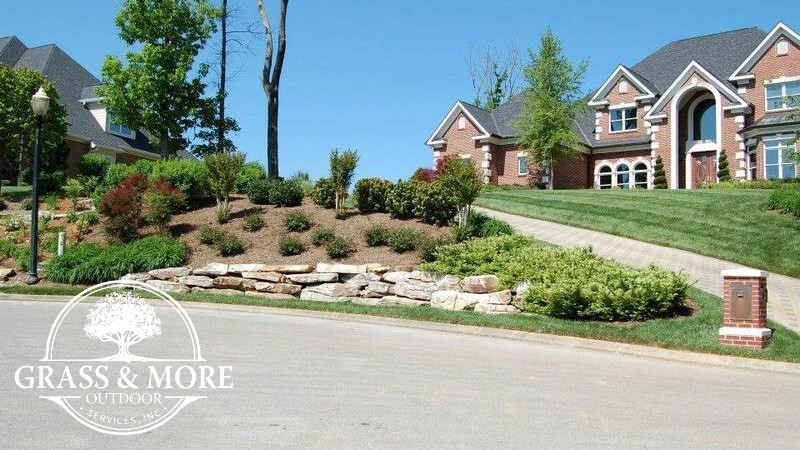
3. Maintenance
Hardscaping requires maintenance, so consider how much time and effort you are willing to put in. Stone patios and pathways may require periodic weeding and re-leveling, while concrete surfaces may need to be power washed or sealed. Choose materials that can withstand the southern Tennessee climate. The region has hot summers and mild winters with occasional cold snaps, so materials like natural stone, brick, and concrete are good options for hardscaping projects
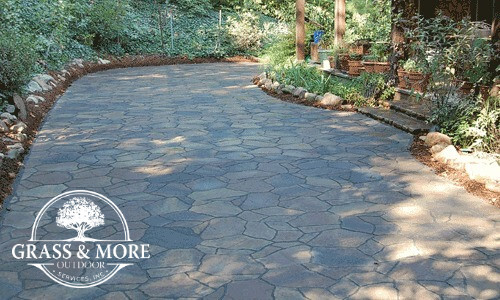
4. Style
Choose hardscaping elements that fit your home's architectural style and your personal taste. For example, a modern home may look best with clean, simple lines, while a rustic cottage may benefit from a more natural, textured look. Plan for outdoor entertaining. Everyone in Tennessee is known for their hospitality and love of socializing, so creating outdoor living areas with features like fire pits, outdoor kitchens, and comfortable seating can make your yard a hub for entertaining and relaxation.
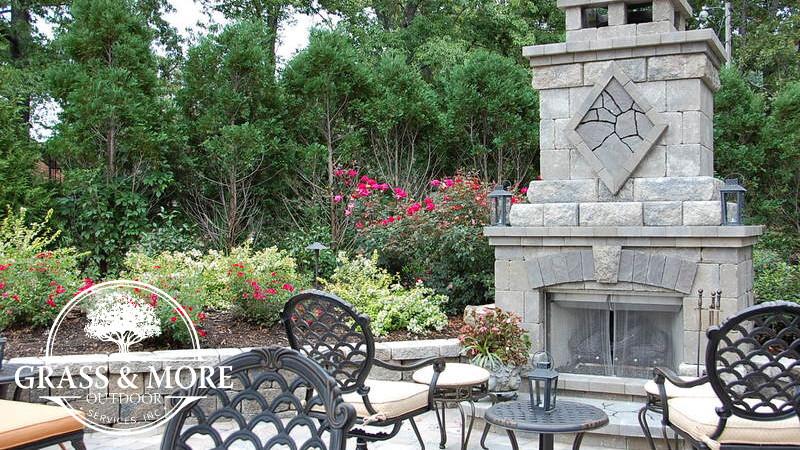
5. Drainage
Pay attention to drainage. Southern Tennessee receives a lot of rainfall, so it's important to ensure that your hardscaping elements are designed to allow for proper drainage to prevent erosion and water damage. This can be achieved with a sloped design or the addition of drainage features such as a French drain or catch basin.
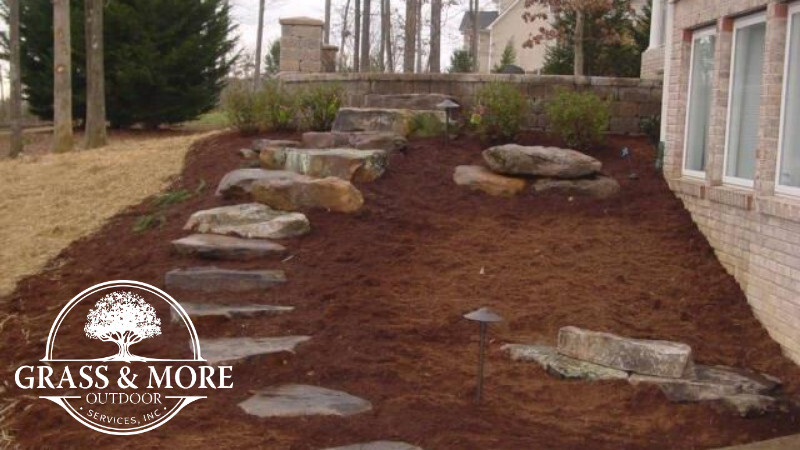
We would love to talk with you about your hardscaping ideas and we hope this article got your creative juices flowing. Please reach out to us when you are ready to dive in.

